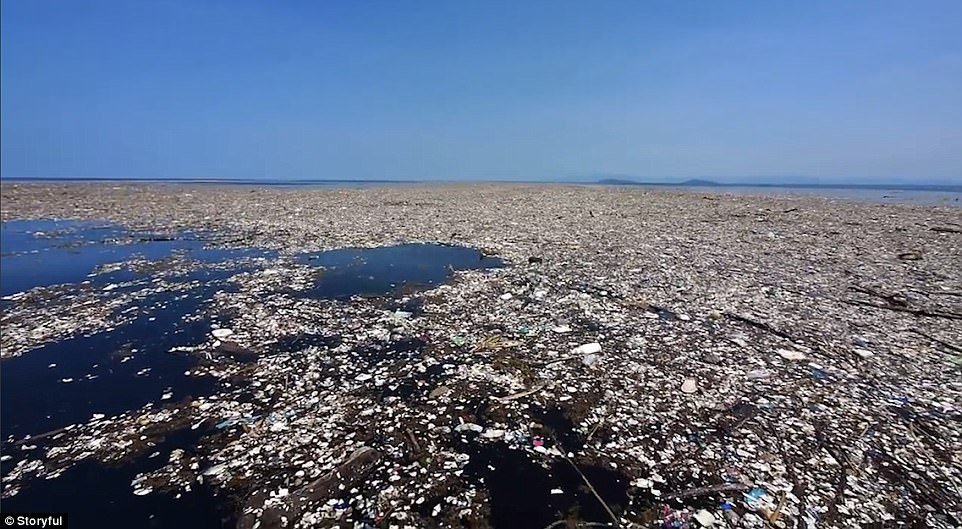In the Pacific ocean, North East of Hawaii, there exists a giant whirlpool of plastic debris that’s accumulated by the ocean currents. It’s referred to as the North Pacific Gyre, but also commonly referred to as “The Great Pacific Garbage Patch.” It’s one of the largest ecosystems on Earth, made up of millions of square kilometers. The Great Garbage Patch is approximately the size of Queensland, Australia, where an enormous amount of plastic is spread throughout the ocean.
Plastic pollution in our oceans is obviously one of the biggest issues our planet faces today. We must clean up our planet, and we must do it now. Plastic pollution has also created microplastic pollution ( very tiny particles of plastic). Microplastics are a huge problem, and microplastic contamination is now extremely widespread. More than five trillion pieces of plastic, collectively weighing nearly 269,000 tons, are floating in the world’s oceans. Data collected by scientists from the US, France, Chile, Australia and New Zealand suggests a minimum of 5.25 tons of plastic particles exists in the oceans, most of them being microplastics measuring less than 5mm.
All living beings within the ocean are also suffering from microplastic pollution. The good news is that the contraption in the video is also harvesting microplastics. This is why it was so encouraging when I came across news showing that after one year of testing, The Ocean Cleanup organization announced this week that their System 001/B vessel is capturing and collecting plastic debris in this area of the ocean, and doing so successfully. The system uses natural forces of the ocean to catch the plastic in the Great Pacific Garbage Patch, a principle behind the cleanup that was first presented by the creator, Boyan Slat back in October 2012.
The patch, again, is very large, representing a huge piece of trash that’s drifting halfway between California and Hawaii.
After discovering the patch in the 90s, scientists said it would take thousands of years to clean it up—but Slat quickly made a name for himself after he presented a TEDx talk in which he claimed that he could do it in less than ten, if he could get his special machinery built.
Though his claim caused many skeptics to raise their eyebrows, Slat dropped out of college so he could bring his plans to life. In addition to crowdfunding $2.2 million for his idea, he garnered millions more dollars through interested investors.
Now, the System 001/B vessel—which launched from Vancouver in June—is The Ocean Cleanup’s second attempt to prove its concept of collecting garbage from the Great Pacific Garbage Patch. In addition to collecting plainly visible pieces of plastic debris, as well as much larger ghost nets associated with commercial fishing, System 001/B has also successfully captured microplastics as small as 1 millimeter—a feat which the organization was pleasantly surprised to achieve.
Yes, there is opposition from powerful people with enormous resources, who have been partly responsible for the pollution and resulting climate change we have experienced. Imagine what these people, the financial elite, with all of the billions/trillions they have, could do, if they wanted to be a positive force in saving our planet.



No comments:
Post a Comment